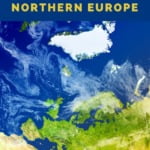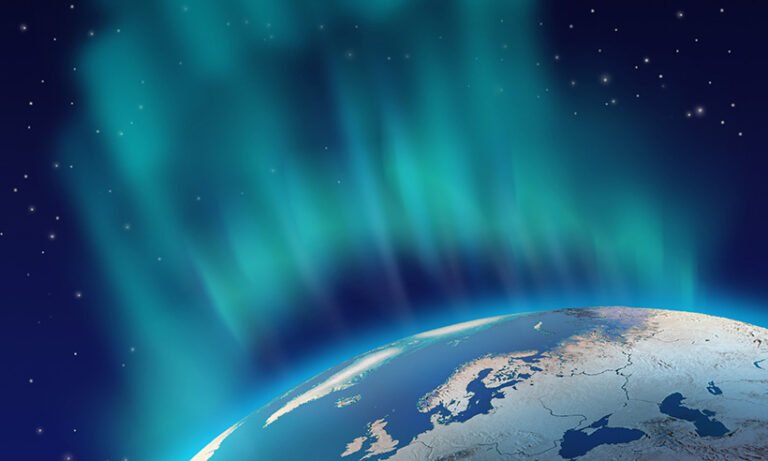
Northern Europe facts: Discover the people, places and culture of this fascinating region of the world.
Northern Europe can be categorised in several ways, but for the purposes of this article, we will focus on facts about the Nordic countries: Denmark, Finland, Iceland, Norway and Sweden and their dependent territories.
So without further ado, let’s look at some fun and interesting facts about this beautiful part of the world.
Table of Contents
1. Much of the land in Northern Europe is actually on the rise.
It’s true! While some countries and regions around the world are being heavily impacted by climate change, rising sea levels and sinking land, some of the Nordic region is rising.
This is because of something called post-glacial rebound. It happens because huge glaciers in the last Ice Age forced the land downward under their sheer weight.
However, since the ice sheets have long since melted, the land is in effect rebounding or bouncing back upward slowly over time.
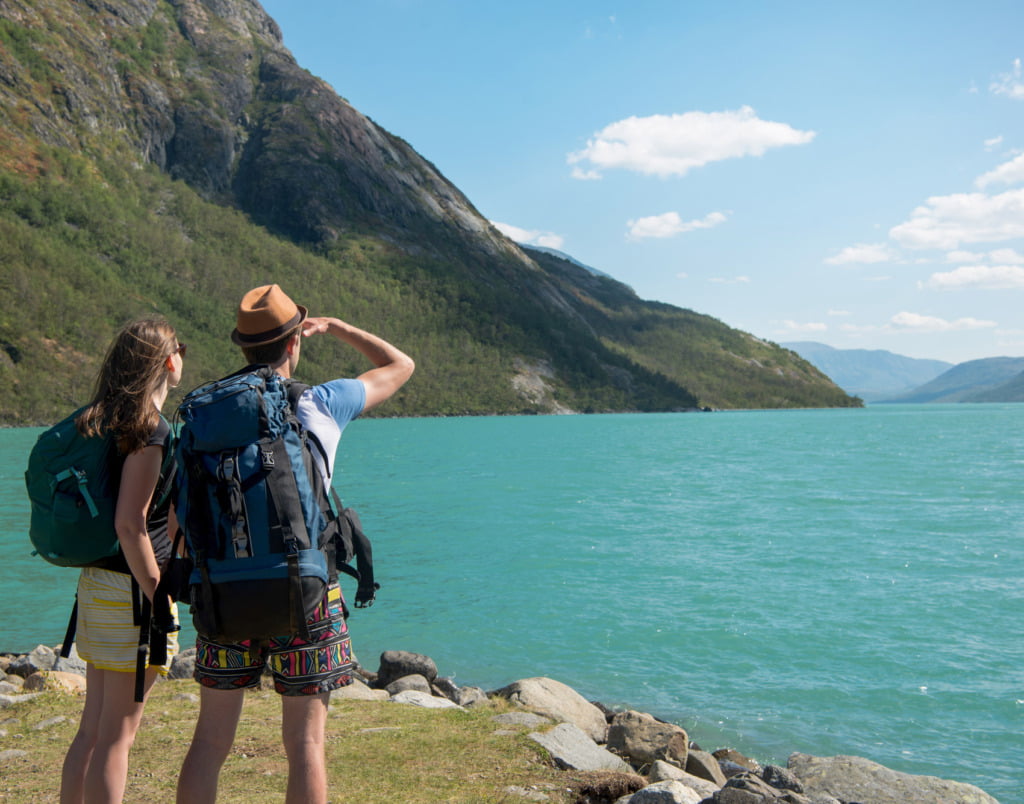
The current average global sea level rise is around 3 millimetres per year, but countries such as Finland, Sweden and parts of Norway are actually outrunning that figure with a landmass rise of between 3 to 9 millimetres over the same period.
2. Norway’s coastline would circle the globe two and a half times if it was stretched out
That’s right! If Norway's coastline of fjords and islands was unravelled and laid end-to-end, then it would wrap around the world two and a half times.
The total distance of Norway’s coastline measures 83,281 kilometres (51,748 miles). This figure includes its many islands and outlying territories such as Svalbard and Jan Mayhan.
According to National Geographic, the length of Norway’s coastline is second only to Canada which has a measurement of 202,080km (125,567 m).
3. The Faroe Islands is part of Denmark—sort of!
The Faroe Islands is actually an autonomous territory of Denmark. An autonomous territory is a place that has a large proportion of self-governance and freedom.
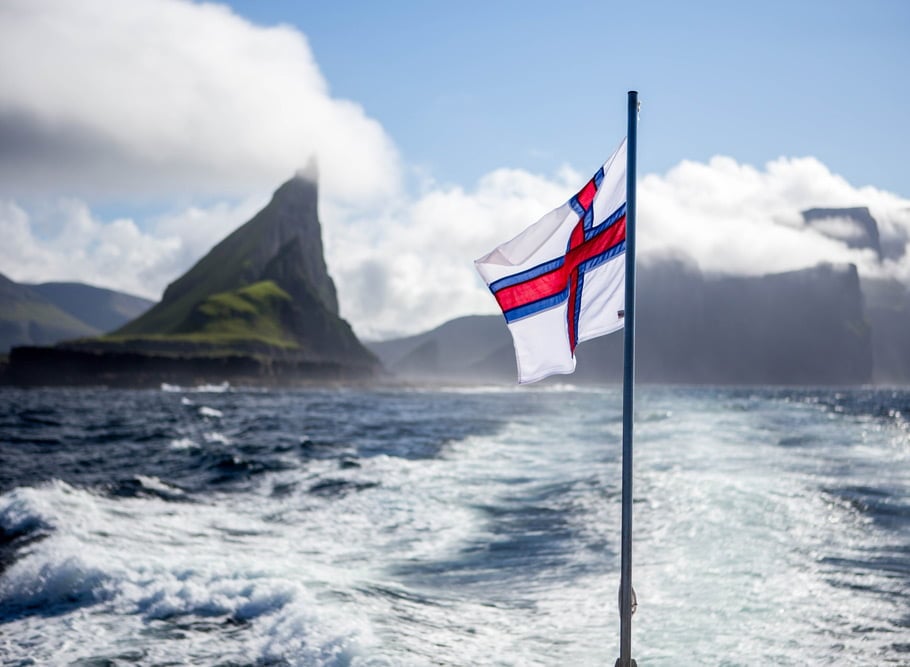
The Faroes Islands use the Danish Kroner (DKK) but are not members of the European Union, while Denmark is itself a full member.
4. 75% of Finland is covered by forests
The forests in Finland are made up of 30 indigenous tree species, but pine trees are the most common, closely followed by spruce and birch.
The forest coverage in Finland is higher than any other country in Europe. Read more facts about Finland here.
5. Sweden’s land mass is actually covered by 10% water
The water comes in the shape of Sweden’s many rivers and lakes and consists of 39,960 km2. The Swedes also have a mind boggling 95,700 lakes and 27 rivers which are longer than 100 km (62 miles).
This is even more impressive if you consider that much of the country has many large forests (almost 60%). Read more facts about Sweden here.
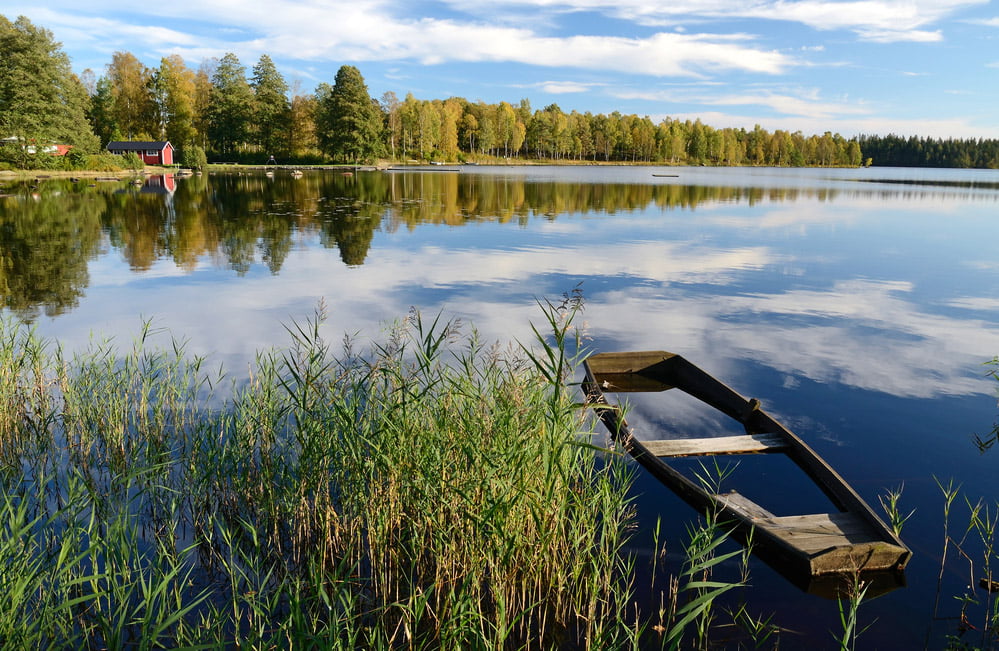
6. Sweden is the biggest country in Northern Europe
Sweden’s land area totals 450,295 km2 (173,860 square miles), making it the largest nation in Northern Europe and the fifth largest in Europe as a whole. Only Russia (1st), Ukraine (2nd), France (3rd) and Spain (4th) are bigger.
7. Norway has just 3% arable land
The physical geography and history of Norway are the reasons for their lack of fertile land. The country is made up of many large mountain ranges and precious little flat, workable land.
Of the little arable land that is available, only 30% of this can be used for vegetable and grain production. Only the Faroe Islands (2%) and volcanic Iceland (1.207%) have less arable land in the region than the Norwegians.
The Danes have the most with almost 57% of land that can be used to grow fruit, vegetables and grains.
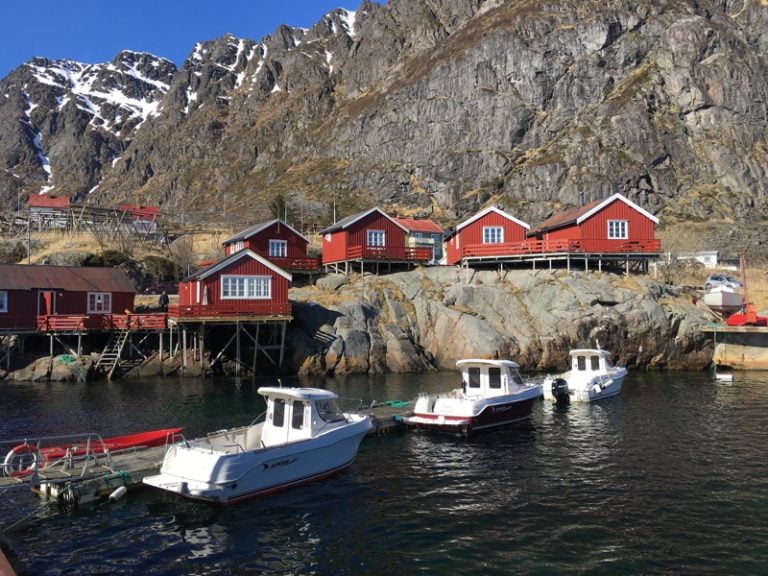
8. Villages in Northern Europe have the shortest place names
It may be difficult to believe but in Denmark, Norway and Sweden there are some village names that are just one letter long. In total, there are 10 places that can boast these remarkable titles.
Nine villages across the three Scandinavian countries are named Å, while in Sweden there is a place called Ö.
9. There are no mosquitoes in Iceland
Mosquitoes plague many countries in Northern Europe – and around the world – but Iceland has been spared. It’s largely down to the fact that the volcanic island doesn’t have the best breeding conditions for the insects to thrive.
Iceland has very few ponds or lakes for the mosquitoes to breed; in addition, the island suffers three big freezes each year which also helps keep the mosquitos out.
10. Sweden is the most populated country in Northern Europe
Although the northern parts of Sweden are much less populated than southern areas, the Scandinavian country is still by far the biggest in Europe with a population of 10.3 million.
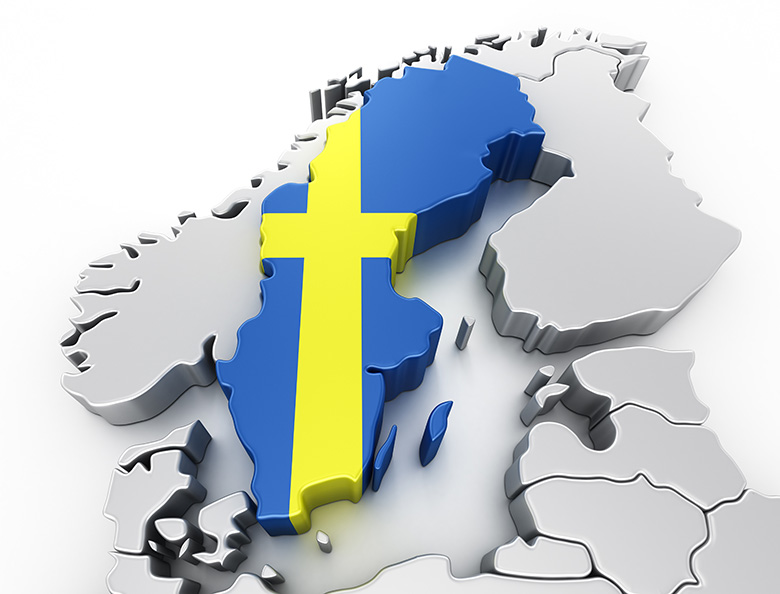
The next biggest is Denmark with 5.8 million. Then follows Finland at 5.5 million, Norway at 5.3 million, and Iceland with just 364,134.
11. People drink more coffee in Northern Europe than anywhere else in the world
People in Northern Europe sure do love their coffee. The Nordic countries regularly top the charts for coffee consumption.
According to WorldAtlas.com, Finland tops the list with 26.45 lbs per person per year. Norway occupies second place with a score of 21.82 lbs, followed by Iceland (19.84 lbs) and Denmark (19.18 lbs).

